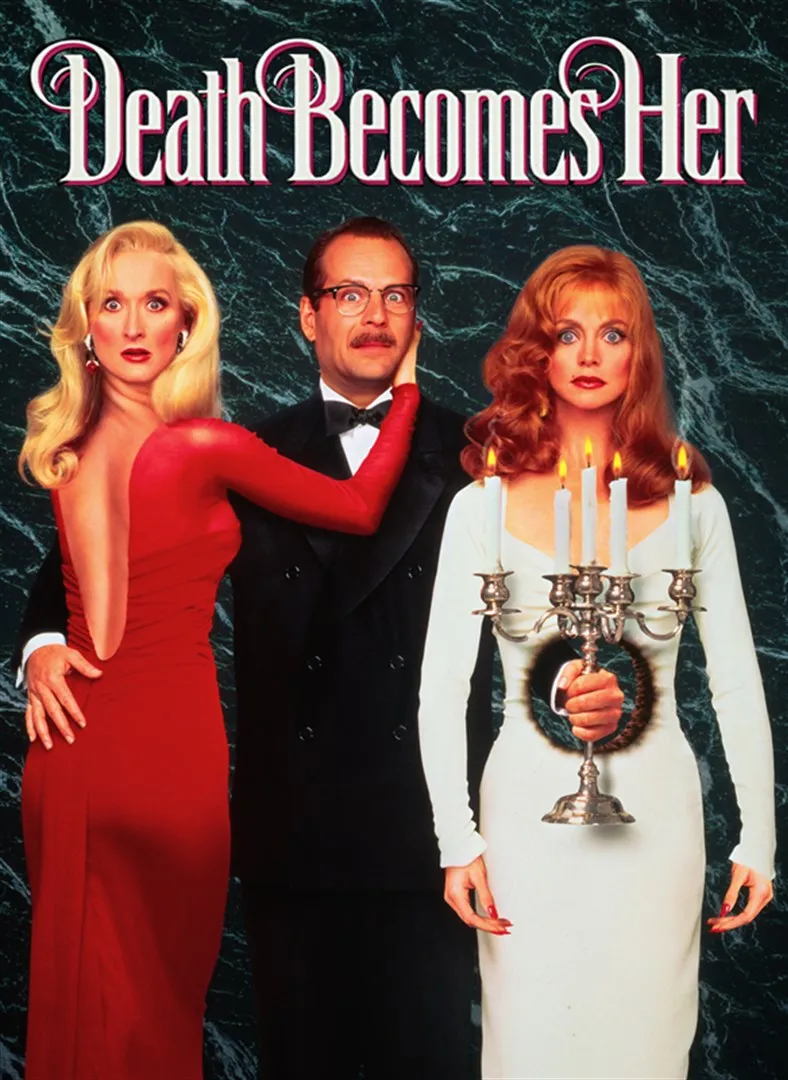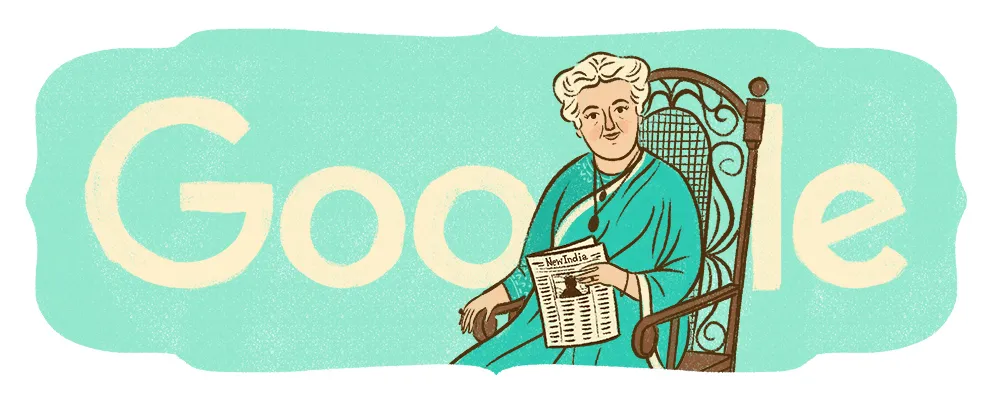Crossed Lines: Ascended Masters and the Kiwis who channel them
Bronwyn Rideout - 25th December 2023
Master DK and Bruce Lyon: Unbelievably, the first of three parts.
For an island nation with a population of 5.3 million, I would hazard that we have more than our fair share of pākehā with a hotline to millenia-long dead Asians. And by more I mean a non-zero number, because mediumship is a paranormal practice/belief that has failed to provide any empirical evidence for its efficacy.
In this instalment of Crossed lines, we’re taking a closer look at Ascended Master Djwhal Khul and his connection to Highden’s in-house Hierophant, Bruce Lyon, in the early 2000s.
In some ways, this installment is less about Bruce Lyon and the current imbroglio with ISTA/Highden, and more of an excuse to covertly write about a facet of Theosophy without committing to a full multi-part deep dive.
For anyone new to the Bruce Lyon/Highden/ISTA saga, it has been written about extensively in the newsletters listed below. But for brevity’s sake, Bruce Lyon is a New Zealander in his mid-sixties and a member of the Lyon family, who once ran the Goodman Fielder Watties Empire. Bruce is the current owner of Highden Manor, a sizable estate just outside of Palmerston North. Highden Manor, or Highden Temple as it is called, is the home of a Lyon’s modern-day mystery school that, at least in one iteration, was informed by the writings of ex-theosophy adherent and early new-age celebrity Alice Bailey. Highden also hosts trainings for the International School of the Temple Arts, a neo-tantric organism in which Bruce was a key senior player, and remains involved with to this day.
- A little ISTA update featuring Steve Hassan (25/9/2023)
- Sex.Life: The podcast that refused to put a name to it (10/7/23)
- A Highden Temple / International School of the Temple Arts (ISTA) update (22/5/2023)
- Highden under scrutiny (31/10/2022)
- In the shadows of the (Highden) Temple, Part 2 (15/8/2022)
- In the shadows of the (Highden) Temple, Part 1 (8/8/2022)
The current iteration of Highden and its entanglement with ISTA is far sexier than its humble origins as an Esoteric Mystery school conceptualised from the works of Alice A. Bailey, an early new age writer. But to understand Bailey, it’s important to understand the influence Theosophy had on her, and the impact she has had on today’s new age movement.
Theosophy was founded in the US in 1875 by Helena Blavatsky (HPB), Henry Steel Olcott, and William Quan Judge. They drew on not just occult but also Hinduism, Buddhism, and ancient philosophical traditions. A key belief of theosophy is the existence of a hidden group of spiritual masters headquartered in Tibet, called the Ascended Masters (AM), who help guide human evolution and preserve ancient spiritual knowledge, or ageless wisdom. The AMs are not gods, but were once mere men who were able to achieve spiritual enlightenment through initiations that occurred in past incarnations. However, while their efforts permit them to enter nirvana, AMs make the deliberate choice to keep their connection to humanity.
True to Theosophy’s desire for a universal brotherhood, the list of Ascended Masters is long, diverse, and includes major figures from many world religions, such as Jesus, Moses, Confucius, and Buddha. Franz Mesmer is also included, as well as a few individuals who are solely the intellectual property of Blavatsky and other prominent theosophists such as Annie Besant and Charles Leadbetter, i.e. Koot Hoomi/Kuthumi/K.H., Morya, Djual Khool/D.K./Djwhal Khul, and Serapis Bey. Moreover, many of these AMs were prominent individuals throughout their previous incarnations. For example, Master Morya’s previous incarnations included King Arthur, Thomas Becket, Thomas More, and the Emperor of Atlantis. Confirmation of this was obtained from the Akashic records, a compendium of all experience on earth since time began, which could only be accessed by a trained seer that has learnt to dissociate their own aura from that of the planet (which is actually the akashic record).
AMs enjoyed a range of superpowers that would make most X-men jealous, including astral projection, clairvoyance, and long life spans. Blavatsky claimed that AMs were not spirits per se, but had physical forms that lasted longer than a normal human, without needing any special elixirs. Not all adherents of Ascended Masters doctrine believe this; Some believe that AMs are spirits that live in the earth (i.e. Mount Shasta) rather than the Himalayan mountains, or are spirits who can materialise or dematerialise at will.

Shameless plug for a camp classic
Some theosophical-inclined individuals, like Benjamin Creme of SHARE International, would go interstellar and claim that each planet had its own so-called spiritual hierarchy, with AMs from other planets sharing an etheric plane with AMs from earth.
The main work of the AMs is the development of the human race by disseminating information through apprentices or chelas, and to oversee man’s evolution as it outgrows war, greed, and ignorance and prepare the world (through the theosophical society) for the arrival of a world teacher/advance spiritual entity. Lucky for normies (as in us mere mortals), we too can become chelas, as long as we maintain perfect physical health and absolute mental and physical purity, and have an intuitional perception of one being a vehicle of the divine spirit amongst, other unobtainable qualities. How AMs communicated to their chelas or chosen people varied, depending on which writer you were referencing. AMs could communicate clairvoyantly or through visions and dreams, or present themselves in a corporal form, often assuming an Indian or Middle Eastern visage.
Blavatsky claimed that the ascended master Morya had appeared to her in visions throughout her childhood, and would meet him in the flesh as a young adult. Throughout her life, Blavatsky would be in contact with other AMs, in particular Koot Hoomi, Master Hilarion, Serapis Bey, and Djwal Khul. There is a 25-year period preceding the formation of the Theosophical Society where no personal records of Blavatsky survive, her travels into Asia are unsubstantiated, and the independent reports of friends and family are viewed as dubious. It was during this period that Blavatsky’s first meetings with many of the AMs occurred, and at least one writer speculates that the AMs, as Blavatsky describes them, were actually based on people she knew in real life.
HPB had come of age and into prominence during the mid to late 1800s, a period that not only saw significant social change in America with regards to women’s rights and slavery, but also the boom of Spiritualism. Women were viewed as especially effective and desirable mediums, which allowed, albeit for a short time, a very profitable alternative to becoming a housewife or enduring back-breaking domestic labour. While Blavatsky’s rise to fame and easy attraction of devotees should be of no surprise, she nevertheless attracted her own critics and skeptics. But, even at their worst, Blatvatsky’s reputation was damaged not by her claims about the ascended masters, but that she utilised the same seance parlour tricks as the other dime-a-dozen mediums.
Upon Blatvatsky’s death in 1891, there was a brief power struggle between two of three possible successors, Theosophy Society co-founders Olcott and Judge, as well as Annie Besant. Besant was a British social reformer and head of the Esoteric Section (ES) in Europe, and is best remembered for her activism in India rather than her adeptship, even on theosophical wikis.

Besant’s Google Doodle from 2015 celebrating her 168th birthday
The ES is a branch of theosophy for members who wanted to live thoroughly theosophical lives and prepare members to help humanity, and Judge claimed that the AMs appointed him as co-delegate of the Society’s Esoteric Section with Besant. Ironically, Olcott believed that Judge had forged the letters from the AMs, which Judge countered with claims direct from the AMs that Olcott was planning to assassinate Besant. When Besant sided with Olcott, Judge received an update from the AMs giving him sole leadership of the Esoteric Section. The broader Theosophical Society declined to make a definitive judgement about the existence of the AMs, and Judge was allowed to stay. The whole debacle was published in Edmund Garret’s Isis Very Much Unveiled, a title that plays on Blavatsky’s first publication, Isis Unveiled.

“When Augur meets Auger” from Isis Very Much Unveiled by Edmund Garrett
Under Judge’s leadership, the American section of the Society ceded, but Judge was dead within a year. Under Olcott’s orders, Besant made some amends with the American section and recruited more members. Olcott nominated Besant as his successor, and was elected to the head of the Theosophical Society in 1907. However, Besant courted her own controversy through her friendship with, and championing of, Charles Leadbeater, and the pedophilia scandal of the Leadbeater-connected Liberal Catholic Church in 1919. Besant’s detractors felt that the organisation had strayed from its roots and became a cult of personality, centred on Besant and Leadbeater.
Within this group of detractors was yet another British divorcee named Alice A. Bailey, who would go on to become one of the most influential new age writers that the Theosophy Society ever had the misfortune to expel.